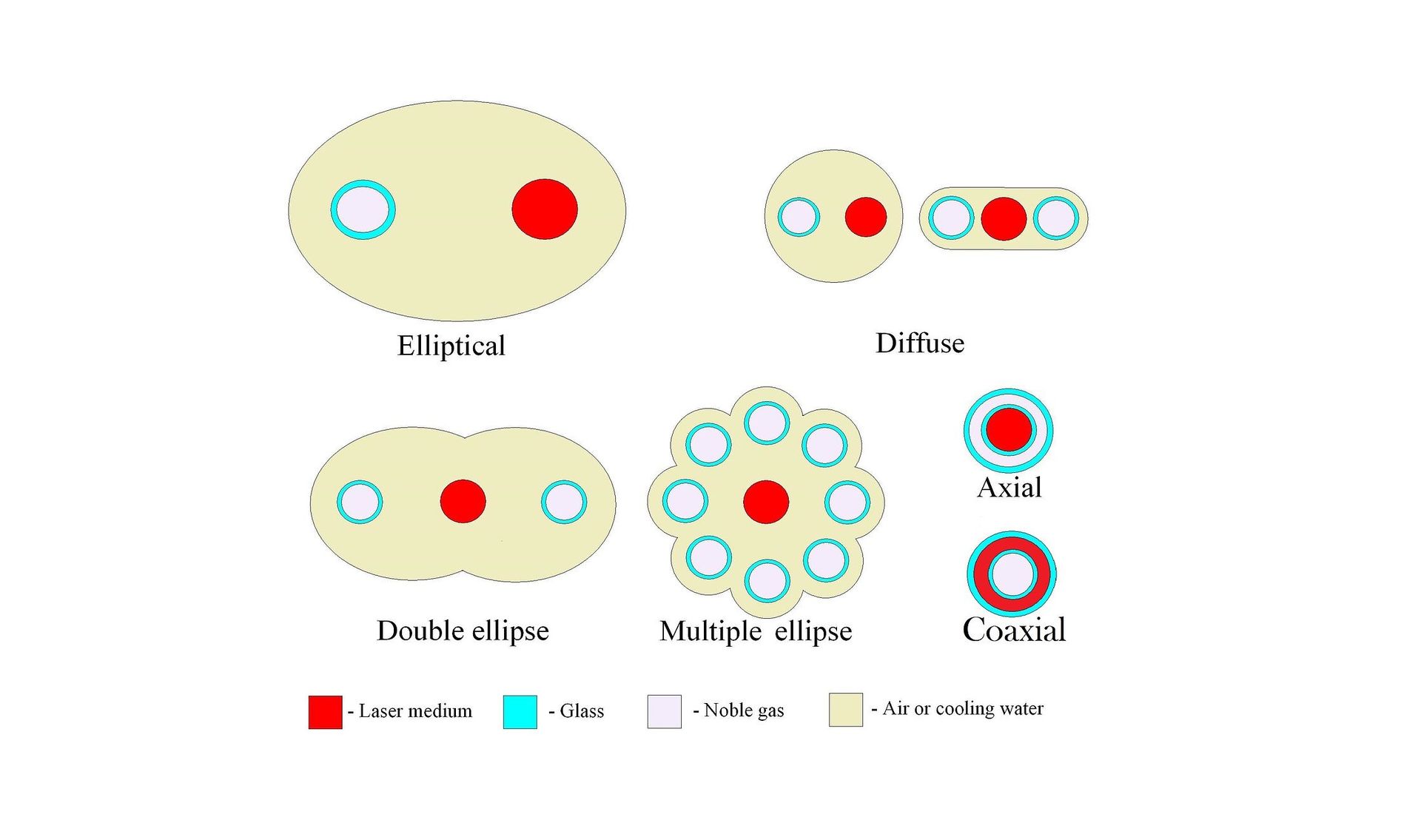
Optical Pumping
Optical pumping is a process in which light is used to "pump" electrons in an atom or molecule from a lower energy level to a higher one. It is commonly used in the construction of lasers to pump the active medium in order to achieve population inversion. Laser pumping is the act of transferring energy from an external source to the active medium of a laser, typically a crystal, semiconductor, suitably doped optical fiber, or gas.
The energy is absorbed into the active medium, producing excited states in its atoms. When the number of particles in an excited state exceeds the number of particles in the fundamental state or in a less excited state, population inversion is achieved. Under this condition, the stimulated emission mechanism can take place, and the medium can act as a laser or optical amplifier.
In optical pumping, lasers are used to selectively excite atoms or molecules to higher energy states, allowing precise control over their quantum states. This technique is fundamental in applications like atomic clocks, quantum optics, and laser cooling. The types of lasers commonly used for optical pumping include diode lasers, tunable dye lasers, and frequency-stabilized lasers.
Diode lasers are widely used in optical pumping due to their compact size, efficiency, and tunability. They can be finely adjusted to match specific atomic or molecular transitions, making them ideal for laser cooling, magneto-optical traps, and atomic state preparation in quantum experiments.
Tunable dye lasers offer a broad range of wavelengths and are used when very specific transitions are needed that fall outside the typical diode laser range. These lasers are particularly useful in precision spectroscopy and fundamental physics research, where flexible wavelength selection is required.
Frequency-stabilized lasers are essential in high-precision optical pumping setups, such as in atomic clocks or quantum sensors. Their extremely narrow linewidth and stable output ensure consistent interaction with the target atoms, leading to highly reliable and repeatable results.
The choice of laser in optical pumping depends on the required wavelength precision, tunability, and the specific atoms or molecules being targeted. Diode lasers are favored for most practical and experimental setups, dye lasers are used for maximum wavelength flexibility, and frequency-stabilized lasers are crucial for the most sensitive and accurate applications.


